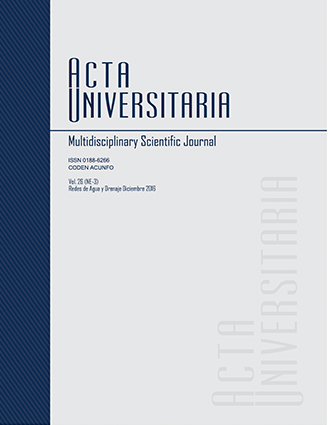Analysis of intermittent water supply causes, case study: southern part of Oruro city (Bolivia)
Published 2017-03-03
Keywords
- Intermittent water supply,
- network capacity,
- setting curve,
- pressure dependent demand,
- network extension.
- Suministro intermitente,
- capacidad de la red,
- curva de consigna,
- demanda dependiente de la presión,
- ampliación de la red.
How to Cite
Abstract
Usually, intermittent water supply systems were initially designed to work continuously. However, water companies are bound by many reasons to adopt an intermittent supply. In this article, we analyse transition process from a continuous water supply to intermittent water supply. In the first study case, we evaluate presence of favourable nodes and unfavourable nodes in an intermittent supply network. This classification allows us to understand water delivery inequality and reasons of a lack of water in unfavourable nodes, which may be understood wrongly as a physical water scarcity. In the second study case, we reconstruct development steps of subsystem network in southern part of Oruro city. Based on these steps, we calculate network capacity and water demand of population. We compare both values in order to find out when supply became intermittent.

